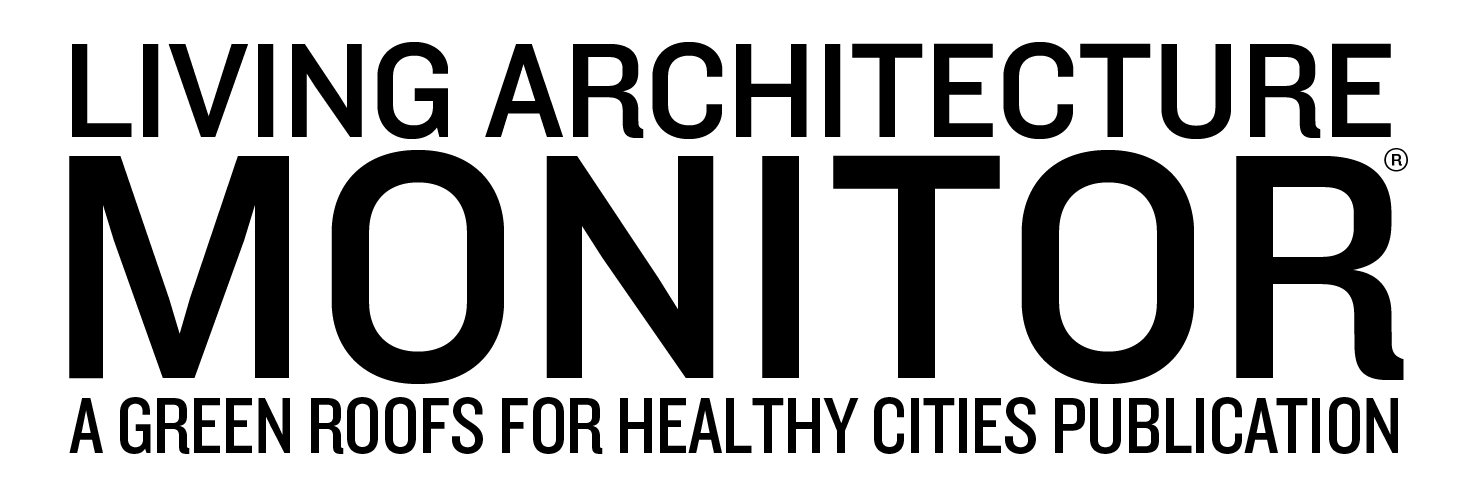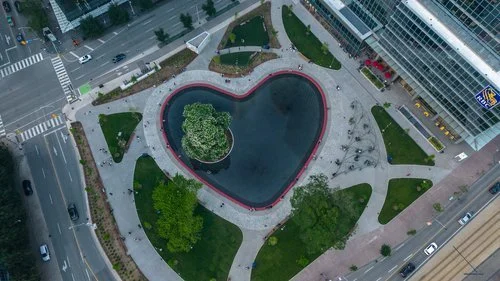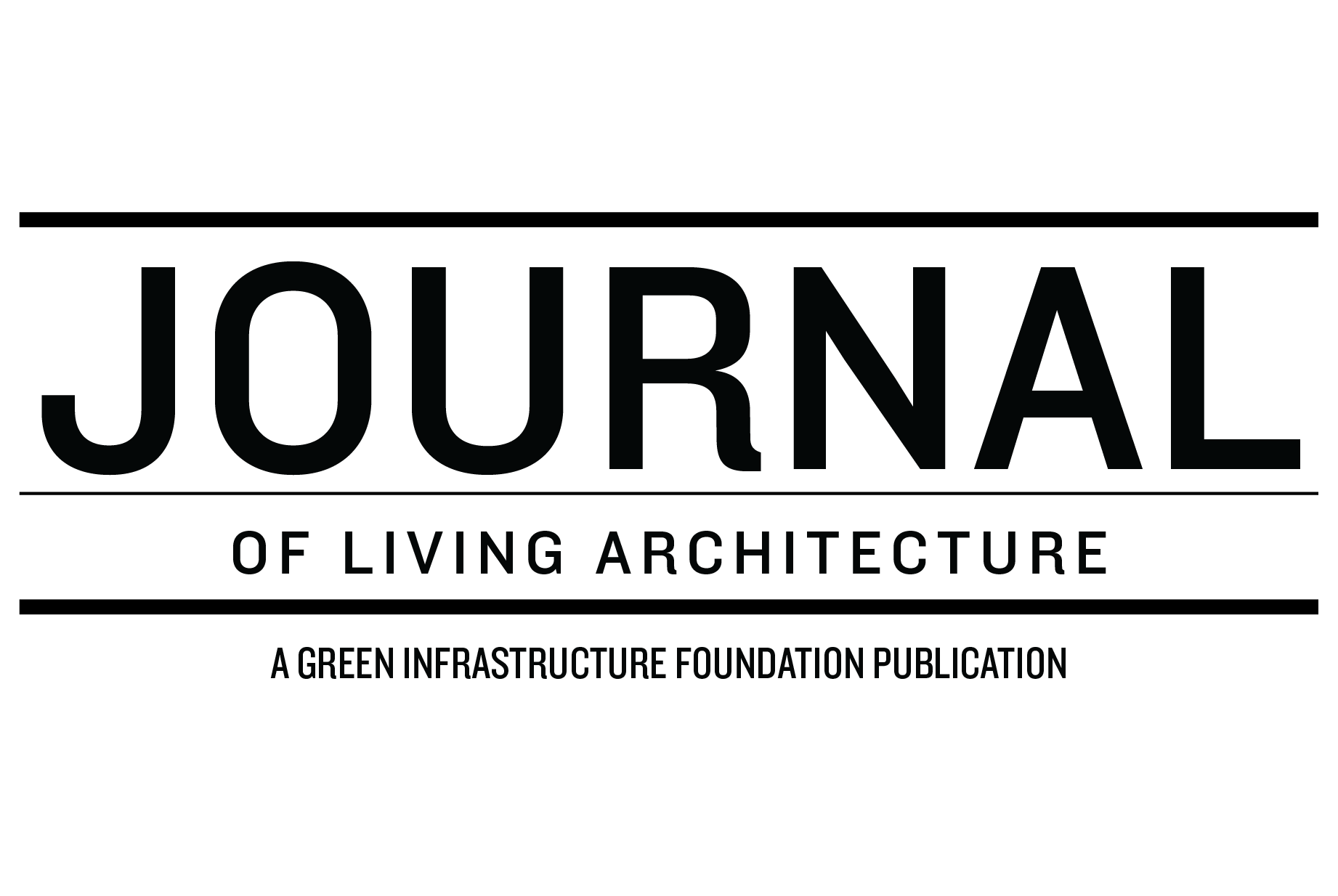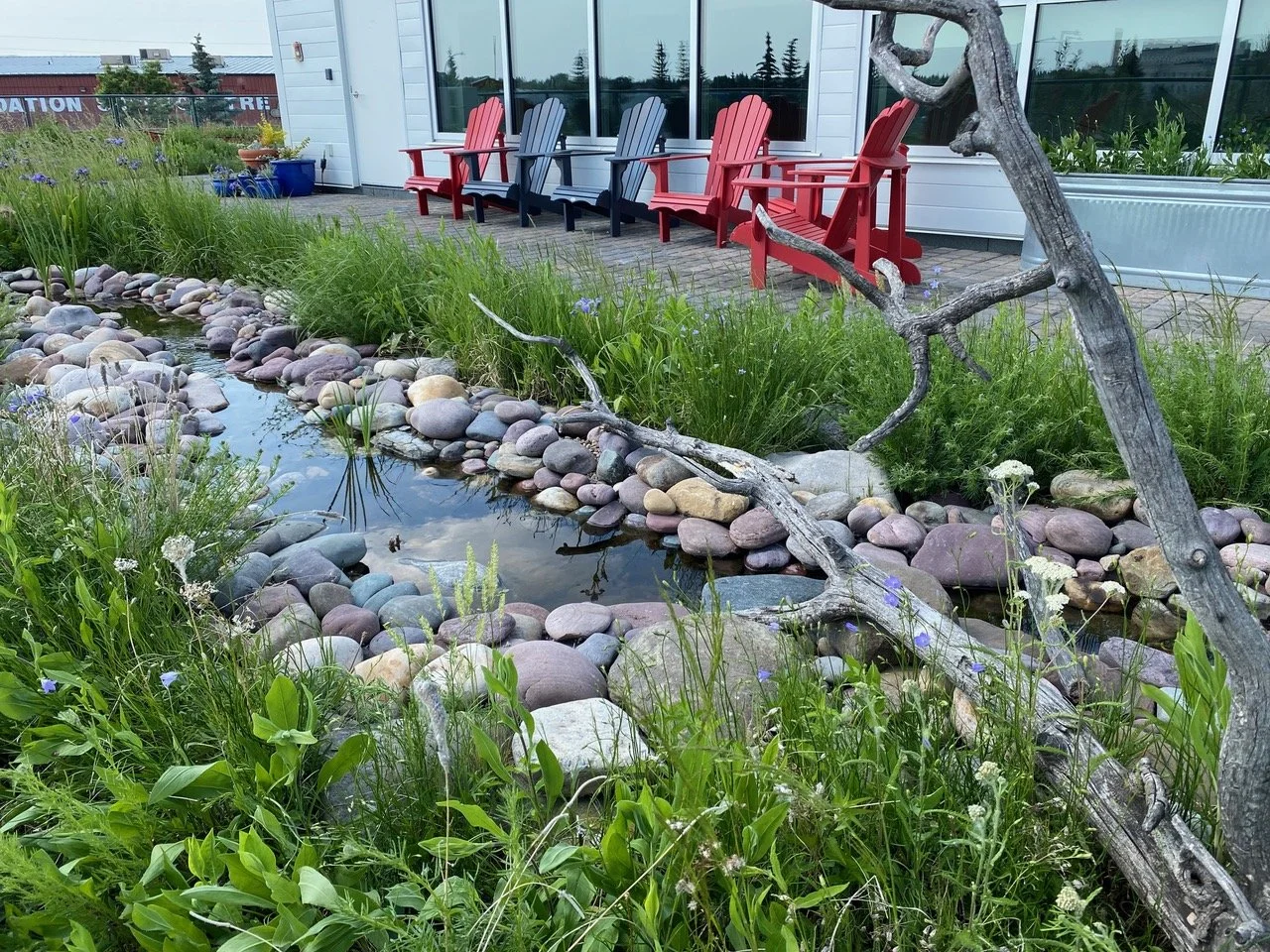Articles
Adopting AIA Resolution #1: Prioritizing Human Wellness in Architectural Design
The recent AIA resolution emphasizes integrating human health into architectural design, advocating for biophilic principles. This shift aims to enhance well-being and address global health challenges through nature-focused, human-centered environments.
Living Walls in Healthcare: Enhancing Patient Recovery and Well-Being
Discover the healing power of living walls in healthcare. Learn how these green walls improve air quality, reduce stress, and enhance recovery times, creating sustainable and therapeutic environments for both patients and staff.
Nature Prescriptions: The Growing Trend of Doctors Prescribing Time Outdoors
Doctors are increasingly prescribing time in nature as a natural remedy to improve mental and physical well-being, supported by evidence-based programs like PaRx. This preventative approach promotes accessible outdoor experiences for healthier lives.
Will’s Garden: A Place for Healing at Carle Foundation Hospital
Will's Garden at Carle Foundation Hospital is a therapeutic rooftop garden, offering a tranquil space for healing. Utilizing innovative lightweight growth media, it supports native plants, stormwater management, and provides year-round beauty for patients and staff.
Exploring Health, Equity, and Climate with Gail Vittori
Join Sustainable Futures as we speak with Gail Vittori, Co-Director of the Center for Maximum Potential Building Systems, about sustainable healthcare, resilient building, and the transformative role of the natural world in enhancing our well-being.
Planting Rooftops for Therapeutic Environments
Plants have long supported human health, with modern medicine using them in over half of pharmaceuticals. Recently, their biophilic benefits, like reducing stress and lowering blood pressure, have gained recognition in hospitals. This article explores a case study of an outdated medical center transformed with plants, including rooftop greenery, for therapeutic effects.
Accounting for Health: The Business Case for Green Space
Providing estimates of the monetary benefits of improved health outcomes contributes to better decision making on resource allocation using multiple examples from Ontario municipalities.
Biophilic Design - For Your Ears
This article explores the important role of sound in our evolution and how incorporating soundscaping into our designs can result in healthier, more productive building occupants, taking biophilic design to another level.
The Healing Power of Green: Green Roofs and Vegetable Gardens Transform Medical Campuses in Colorado
Discover how green roofs and vegetable gardens on Denver and Boulder medical campuses enhance sustainability, improve patient recovery, boost staff well-being, and foster community engagement, driving a healthier and more sustainable future in healthcare.
Transforming the Downsview Airfield Into a Sustainable Community
Learn about the innovative Framework Plan to redevelop a 370 acre site, formerly an airport in the northwest corner of Toronto, with green infrastructure and public open space at its heart and healthy car free mobility and complete communities.
CitiesAlive 2024: Celebrate 20 Years of Green Innovation!
Join us at CitiesAlive 2024 in Toronto from November 6-9 for keynotes, masterclasses, and networking. Explore green roof and solar integration through new courses. Register early, and check upcoming symposiums and events for further professional development.
Land Cover Classification and Change in Porto, Portugal: Spatial Analysis for Urban Vegetation and Green Roof Adoption
We analyzed landcover change in Porto, Portugal, using satellite imagery from 2017 and 2022. K-Nearest Neighbor classification revealed increases in impervious surfaces and decreases in vegetation, highlighting opportunities for green roof interventions and the importance of climate justice considerations.
Ten Design and Engineering Strategies for Managing Stormwater on Green Roofs
Climate change intensifies storms, overwhelming stormwater infrastructure, causing flooding, property damage, and loss of life. Solutions include green and blue roofs, and "sponge cities" to improve stormwater management.
Growing Green Roofs and an Industry Under Toronto’s Green Roof Bylaw
As Toronto co-hosts the 20th Anniversary of CitiesAlive in November, this article chronicles the early policy steps taken by the City to mandate and incentivize green roofs, now covering more than 10 million sf of roof area.
A River Runs Through It: The Value of Water on Biodiverse Green Roofs
This article highlights the significance of water on biodiverse green roofs. Designing a green roof for Berry Architecture, Pohl emphasizes the transformative power of water features, contributing to urban biodiversity while requiring minimal maintenance.
The Development of Skyland USA and Its Green Roofs Legacy
Founded in 2005, Skyland USA pioneered green roof soil products, adapting to industry demands over 20 years. With innovative blends and strategic partnerships, they've installed 30 million square feet nationwide, catalyzing the growth of green infrastructure in the US.
It’s Water, Stupid!
An overview of the severity of the international water crisis and efforts to address it in Europe through green infrastructure policies and regulations, including the Urban Wastewater Treatment Directive and the recent adoption of the Nature Restoration Law.
The Bluffs at Playa Vista Parking Structure–Saving Water by Greening the Scenery
A unique application of green facade technology creates impressive structures which conserve water over parking structures at the Bluffs at Playa Vista in Los Angeles.
Planning for a Successful Green Roof Irrigation System
Planning a green roof irrigation system requires careful design, collaboration, and maintenance. Key elements include selecting appropriate water sources, ensuring adequate water pressure, choosing efficient irrigation devices, and regular system maintenance for optimal performance.
Rain Gardens as Living Stormwater Infrastructure: Planting the Rain Train
Rain gardens offer multifunctional stormwater management, integrating native plants to mitigate urban runoff. By mimicking natural water cycles, they complement traditional infrastructure, fostering resilience and biodiversity in urban landscapes.




















